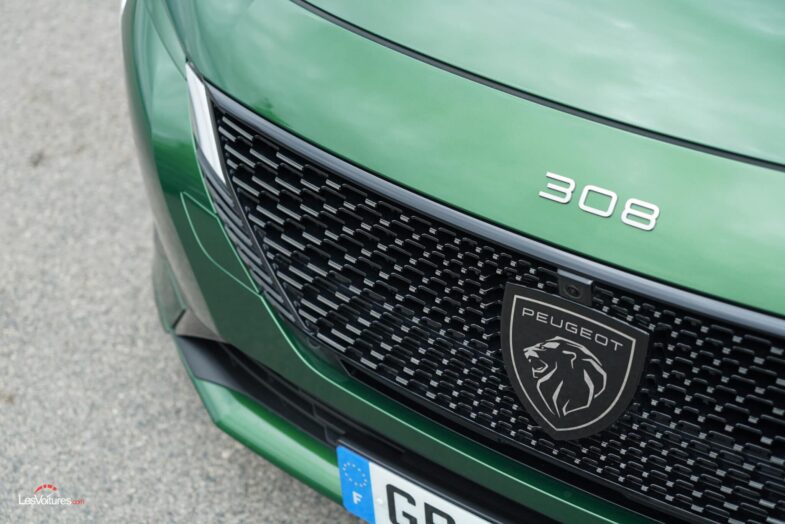While diesel-powered cars and other vehicles are declining in sales, Stellantis plans to revive these engines for a few more years through new investments. According to Les Echos, the 1.5 l BlueHDi and 2.2 l MultiJet engines will continue until 2030, as they will be updated to comply with the Euro 7 Standard that will be applied from 2026.
“No, diesel is not dead,” this expression that we regularly use during our tests takes on a new meaning today. The Franco-Italian-American automotive group still believes in diesel engines. Thus, the 1.5 l BlueHDi and 2.2 l MultiJet engines should evolve to equip, respectively, specific passenger cars and commercial vehicles. With relatively minimal modification costs, these engines will ensure certain sales for the models that will still be equipped with them. Stellantis, according to Les Echos, still plans to offer diesel cars and commercial vehicles to those who need them. Moreover, this decision would address a competitive aspect. Within the Peugeot catalog, for example, the 308 is available in BlueHDI 130. Enough to satisfy “high mileage drivers,” whether private individuals or employees, who cannot afford to switch to 100% electric cars or plug-in hybrid electric vehicles (PHEV).

“How to make something new out of something old?” Stellantis should therefore continue, after 2026, to market cars powered by the new generation 1.5 l BlueHDI. As for the 2.2 l MultiJet, it will also be revised, knowing that it equips, among others, the Fiat Ducato and Peugeot Boxer. Still according to Les Echos, Stellantis could decide to use the “new” 2.2 l MultiJet on cars intended for both private and business customers.
Finally, by relaunching the 1.5 l BlueHDI and 2.2 l MultiJet diesel engines, Stellantis would address the lack of sales of electric cars, especially since a completely new diesel engine could also be developed by Stellantis engineers.
The editorial team
Photos: LesVoitures.com / TheCarsNews.com

